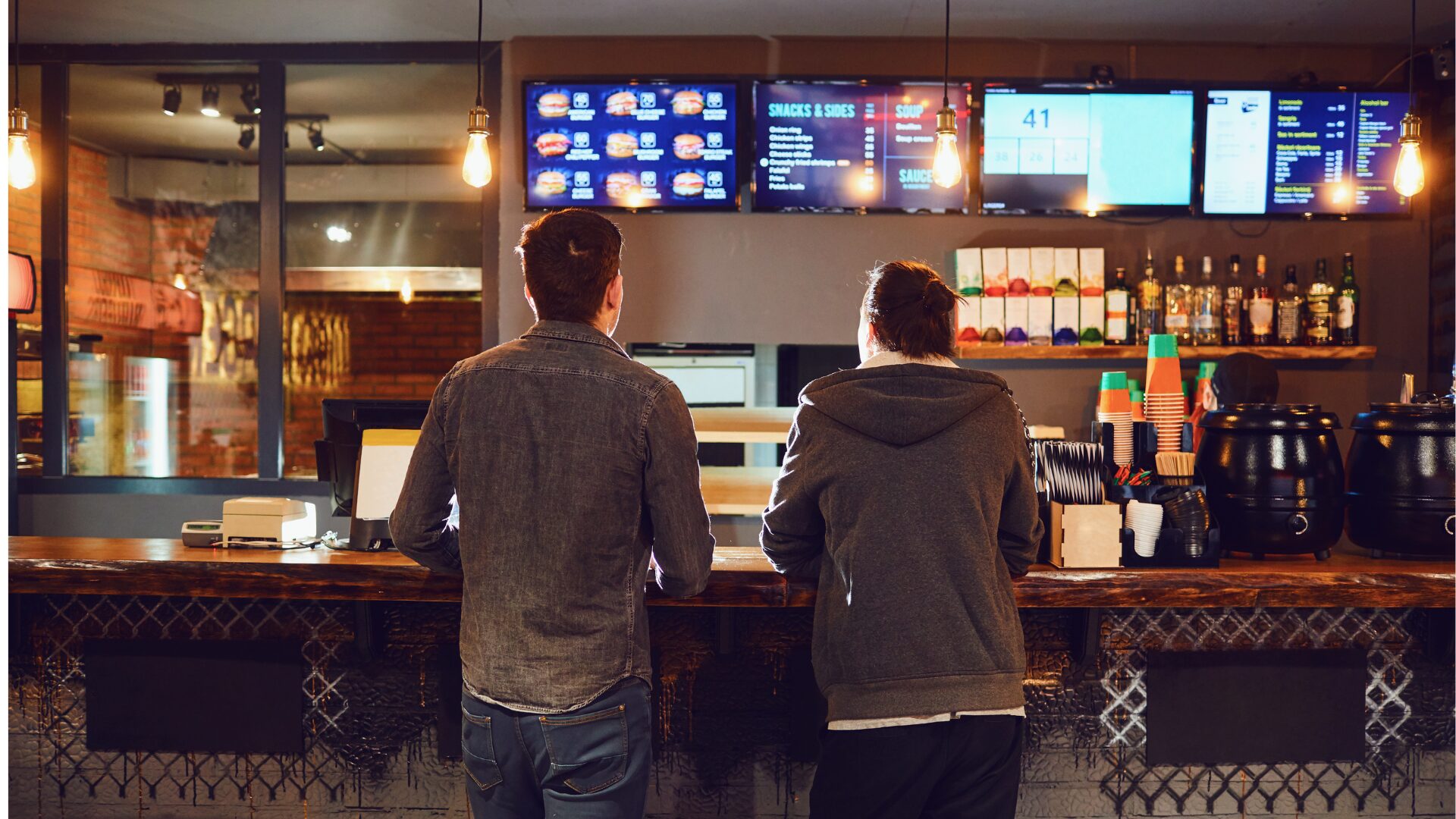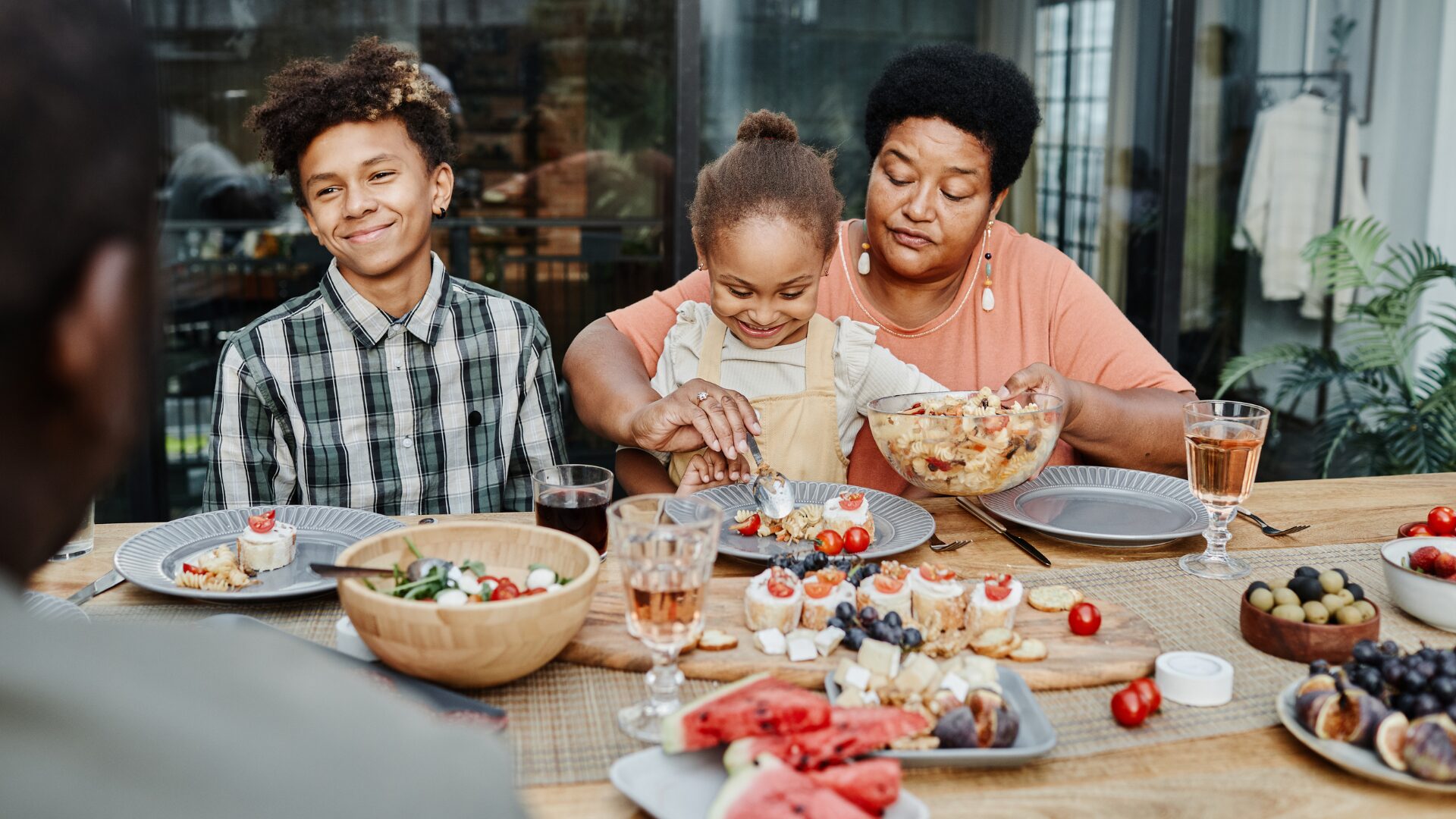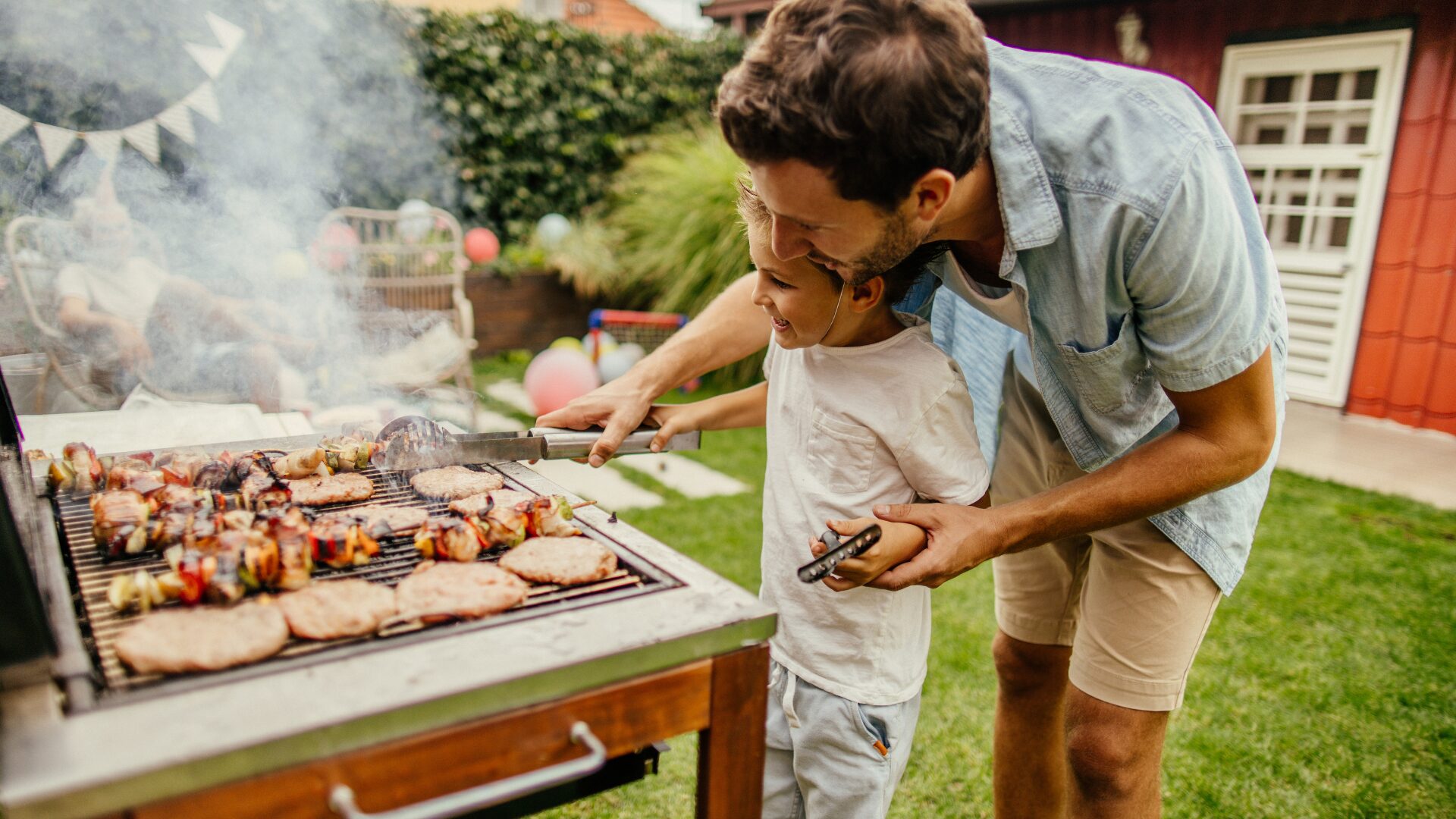The latest National Restaurant Association overview of the industry indicates the pandemic may have changed dining forever, and experts say many of the changes implemented as a survival tool are here to stay.
“These external pressures are forcing restaurant operators to invest in technology and systems that improve their ability to manage the day-to-day business,” Greg Grambling, managing director at Solomon Partners, told The Food Institute. “Weaker operators and those that lack scale are increasingly at a competitive disadvantage, resulting in winners and losers and ongoing consolidation through M&A.”
The NRA assessment found restaurant revenue in 2020 totaled just $659 billion, down from the $899 billion initially projected. Revenue for 2021 was projected at $789 billion.
Restaurateurs are more pessimistic now about returning to normal than they were in the spring, with those expressing hope falling from 70% in March to 32% in August. September was just marginally better at 36%.
By 2030, the NRA said, the definition of “restaurant” likely will change, and the eateries will serve and employ a different demographic.
Perhaps one of the most significant findings in the report was though the widespread availability of vaccines increased consumers’ ability to dine on site, off-site dining actually increased between August 2020 and August 2021, from 72% of meals to 79%. Pent-up demand for on-premises dining fell from 83% in April 2020 to 47% last month.
Upgrading takeout and delivery packaging proved key to surviving the pandemic, with fine dining establishments forced to make the greatest pivot.
Restaurant revenue began making a steady recovery from February, at $55.5 billion, climbing to $71 billion in June but then leveling off in July and August at $72 billion.
Restaurant operators listed their five top challenges in September:
- Recruiting employees 59% (up from13% in September 2020)
- Food costs 15%
- Coronavirus 13% (down from 67% in September 2020)
- Sales volume 7%
- Government 4%
The recruitment figure is telling. Bureau of Labor Statistics figures show restaurant employment fell by 41,500 in August, this despite a push by the industry to increase wages, which rose by 6.2% in the last year. Just a handful of states – Idaho, Montana, Utah and South Dakota – saw the level of restaurant employment rise in August, compared to August 2019.
“Working for tips or minimum wage alone does not establish enough long-term employment loyalty, which is why there is such a labor shortage,” Baron Christopher Hanson, a turnaround consultant and growth strategy expert at Red Baron Consulting, as well as a self-described foodie and supper club cook, told The Food Institute.
“If your top servers and bartenders were part owners [or sharing in profits] would they leave or ghost you? No way. Would they steal from you or cheat customers? No. Would they manage inventory flawlessly? You bet your ass!”
The cost of food also is a factor. The NRA overview noted average wholesale food prices are up 5.5% compared to last year, yet menu prices rose just 4.1% (grocery store prices are up 2.3%), with the cost of fats and oils up the most, 38%.
The prices of other commodities also rose:
- Poultry 22%
- Pork 21%
- Beef 17%
- Wheat flour 14%
- Eggs 8%
- Fruit 5%
- Dairy 2%
Only vegetables fell in price, down 15%.
The combination of higher labor and commodities costs are squeezing profit margins, with casual dining and fast casual taking the biggest hit, followed by family dining, quick service, fine dining, and coffee and snack.
Casual dining and fine dining restaurants are reducing menu items to try to curtail costs and deal with supply chain issues. Mike Paribello, vice president of marketing at Grecian Foods Kronos, said one way to overcome menu shrinkage would be for manufacturers to offer “kits” to allow restaurants to prepare meals with fewer steps, thus cutting labor costs.
“One of the changes that I’ve seen, and one that is hopefully permanent, is how the industry has worked through the pandemic as a united group,” Paribello said. “This cooperation means more opportunities, and revenue, for everyone and helps all deal with the rapidly changing economy and society.”
Full-service restaurants also are facing customer demand for more outdoor dining options as a result of the delta variant.
“Some restaurants found themselves in ‘lucky leases,’ with plenty of outdoor space, windows, rooftops, and otherwise COVID-friendly architecture,” Hanson said. “Others were not so lucky, especially street-level or basement joints in New York, Boston and elsewhere, with cramped interiors, no windows and zero outdoor seating. Coastal fish taco shacks with dozens of picnic tables became goldmines because of their open-air architecture and landscape design.”
Thirty-five percent of consumers said they were more likely to choose a restaurant if alcoholic beverages could be included in the order – this was especially true of millennials, 53% of whom said that would be a determining factor.
Millennials also were the most likely to support subscription services (71%), followed by Gen Z (67%), Gen X (60%) and baby boomers (36%).
Seventeen percent of consumers said restaurants rely too much on technology while 37% said not enough tech is employed. How can restaurants better use technology?
- To ease payment and ordering 52%
- To improve customer service 51%
- To improve/increase takeout and delivery options 49%
- To speed operations 46%
- To provide more detailed information on offerings 44%
- To provide more entertainment options 29%
Consumers used technology most to look up menus online (57%) and to look up locations and hours (45%). Just 18% of consumers said they used mobile payments with Gen Z adults the biggest adopters (30%).
Few restaurants said they would go back to pre-pandemic, business-as-usual once the pandemic is over with 68% (quick service and fast casual) to 76% (fine dining) saying they would keep at least some of the changes implemented.












